A Long Road to the Trials
A Long Road to the Trials
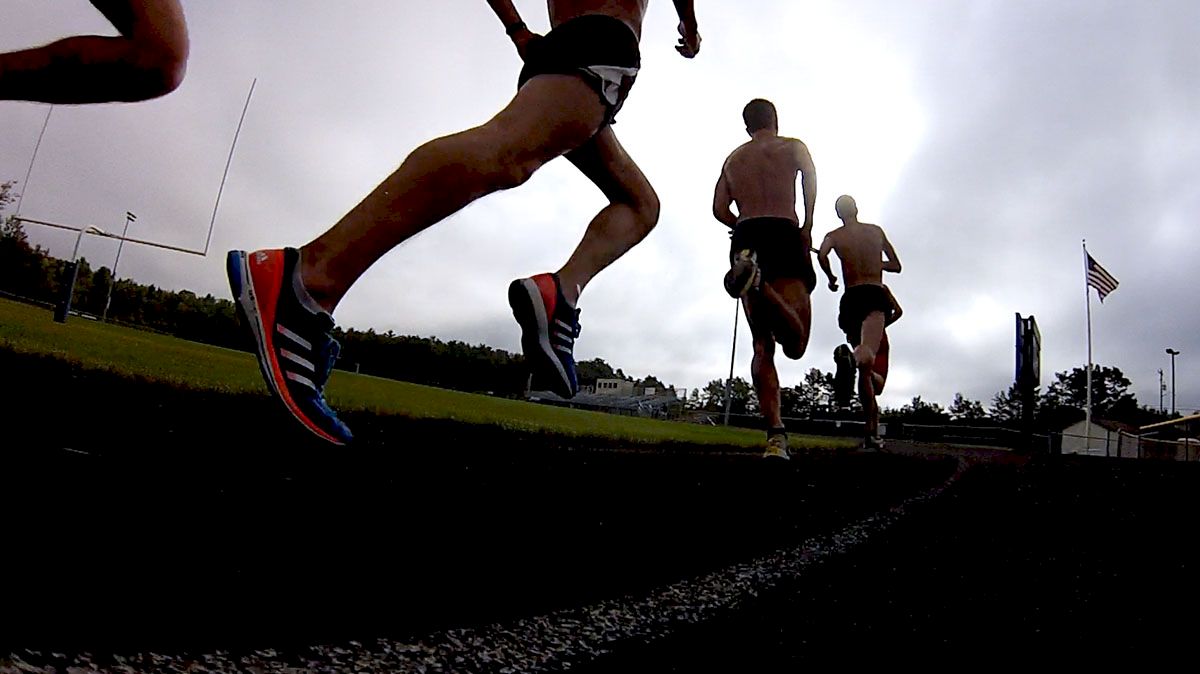
Seven stress fractures are enough to make a runner give up the sport, but not Camille Herron. She thought she was finished competing by her sophomore year of college, but Herron, 26, recently ran 2:45:40 at the St. Jude Memphis Marathon, December 1. The performance qualified her to run the 2008 Olympic Trials Marathon in Boston, April 20.
Herron's athletic career began with basketball when she was 3 years old. She had dreams of excelling at basketball like her father and grandfather, who both played for Oklahoma State. Growing up, Herron was always active.
"We lived out in the country. I ran around the fields. I definitely wasn't a city girl," Herron described. "I thought everybody could run. I didn't know there was anything inherent."
When she was in the 7th grade, Herron's basketball coach made the team go out for track. Soon she discovered her running talent and knew it was the perfect sport for her. She stopped playing basketball in the 8th grade to run cross country.
Herron's high school running career began well. She was All-State in Oklahoma in cross country three times and state champion in the 4x800-meter relay, 1600-meter and 3200-meter runs by the time she graduated from Westmore High School, in Oklahoma City. However, her last two years were plagued by injuries. She had four stress fractures by her senior year, but she was determined to end on a good note.
"I got in the pool. I cross-trained for seven weeks," Herron said.
The cross-training paid off. Herron came back to win cross country Regionals and make All-State that year. Her second-place performance at an All-Star meet caught the attention of University of Tulsa coach Doug Clark.
In 2000, Herron went to the University of Tulsa on a track scholarship to study exercise and sports science and pre-medicine. During her freshman year, both of her coaches, Clark and Stanley Redwine, left for Kansas. Wanting to impress her new coach, Herron overtrained and developed three more stress fractures and pneumonia as a result.
"There was no concept of rest and recovery," she explained.
Herron stopped running for six months and red-shirted her sophomore year of college. After that year, she quit competing entirely. She did not run again until she met her husband, Conor Holt, a six-time All-American at the University of Oklahoma.
During this time, Herron researched running biomechanics to find out how to prevent getting injured again. In December 2003, she read an article on the Internet about the low amount of injuries in Kenyan athletes due to running barefoot.
"It made sense to me," Herron said. "When you put shoes on your feet, it throws the equilibrium off."
The theory of minimalism is that less is more when it comes to running shoes. This contradicts the concepts of support, motion control and cushioning, which weaken the body's natural ability to absorb shock.
"If I make my feet stronger, I'll make my body stronger," Herron said.
After wearing orthotics and supportive training shoes for four years, Herron switched to running both barefoot and in flats. She said she was very patient and started over with her mileage. Herron ran easy and gradually built her mileage over a seven month period. Then Holt, who placed 18th at the 2004 Olympic Marathon Trials, took over as her coach.
"He was basically a lifesaver for me," she described. "He knew how to get to the next level."
In the summer of 2004, Herron moved to Boulder, Colorado, so that Holt could train at altitude. Living in Boulder was a turning point for Herron. Seeing the commitment of athletes like Alan Culpepper, Dan Browne and Meb Keflezighi inspired her.
"When I saw what it took to be an elite runner, I made that commitment to myself to be the best runner I could be," Herron said. "My mileage got up to the highest I've ever run before."
When she returned to Oklahoma, Herron ran better than ever. After adding some speedwork to her training, she improved dramatically in the 5000 and ran her first 10000 and 15000-meter races. A time conversion chart in "Daniels' Running Formula" predicted she could run around 2:48:00 for a marathon. Since the marathon "B" standard is 2:47:00, Holt encouraged her to train for the 2008 Olympic Trials.
"The thing about the marathon is that it requires a lot of building," Herron explained. "You have to train a lot."
Herron spent the next three years building an aerobic base for the marathon. In 2005, she graduated from the University of Tulsa. Herron then earned a master's degree at Oregon State University in 2007 and is now a food and nutrition research assistant at Purdue University, where Holt is the men's distance track and cross country coach.
Herron did not run her first marathon until last spring. She missed qualifying by only a minute and 36 seconds at the Eugene Marathon. She then set her sights on Chicago, but dropped out at mile 20 due to the extreme weather conditions. Finally, Herron ran the St. Jude Memphis Marathon this December, where she placed second and qualified for the Olympic Trials.
*Photos from idsnews.com and bostontrials2008.com
Related Content
 Replay: MHSAA Outdoor Champs | 5A/6A/7A | May 4 @ 8 PM
Replay: MHSAA Outdoor Champs | 5A/6A/7A | May 4 @ 8 PMMay 5, 2024
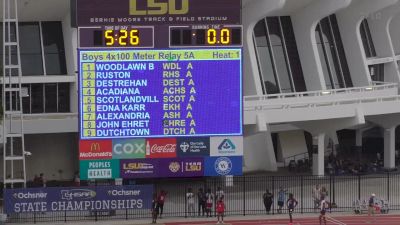 Replay: LHSAA Outdoor Champs | May 4 @ 3 PM
Replay: LHSAA Outdoor Champs | May 4 @ 3 PMMay 5, 2024
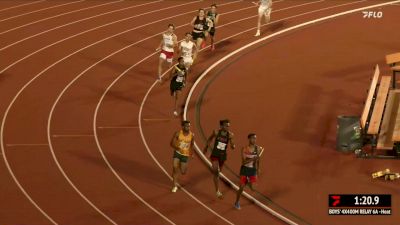 High School Boys' 4x400m Relay 6A, Finals 1
High School Boys' 4x400m Relay 6A, Finals 1May 5, 2024
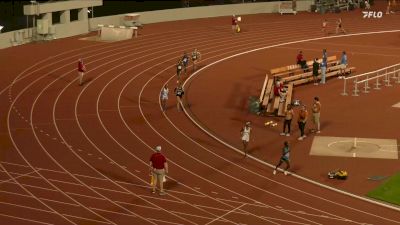 High School Girls' 4x400m Relay 6A, Finals 1
High School Girls' 4x400m Relay 6A, Finals 1May 5, 2024
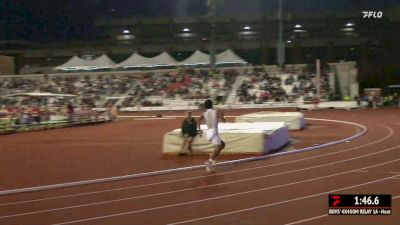 High School Boys' 4x400m Relay 1A, Finals 1
High School Boys' 4x400m Relay 1A, Finals 1May 5, 2024
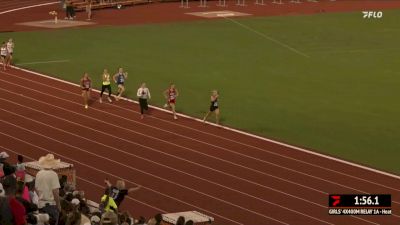 High School Girls' 4x400m Relay 1A, Finals 1
High School Girls' 4x400m Relay 1A, Finals 1May 5, 2024
 High School Girls' 4x100m Relay 1A, Finals 1
High School Girls' 4x100m Relay 1A, Finals 1May 5, 2024
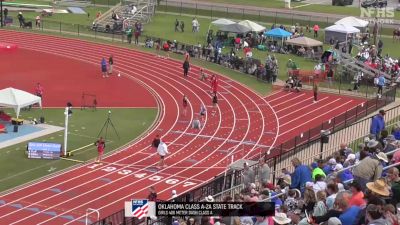 Replay: OSSAA Outdoor Champs | 1A-2A | May 4 @ 2 PM
Replay: OSSAA Outdoor Champs | 1A-2A | May 4 @ 2 PMMay 5, 2024
 High School Boys' 1600m 6A, Finals 1
High School Boys' 1600m 6A, Finals 1May 5, 2024